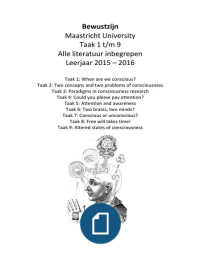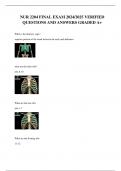Summary
Summary Operations Management Peter Jones and Peter Robinson
- Course
- Institution
- Book
Summary of the book Operations Management from Peter Jones and Peter Robinson. Very detailed and very well summarized. The result of hours of reading the book and understanding what it says... A safe bet for an exam!
[Show more]










